Embarking on the journey of getting a tattoo is an exciting prospect, but one of the most frequent questions that arises before you even pick a design or an artist is, understandably, about the cost. Tattoo pricing can seem like a labyrinth, with many variables at play. It’s not just about the size or the color; numerous factors contribute to the final price tag. Understanding these elements is key to budgeting effectively and ensuring you receive a quality piece of art that you’ll cherish for a lifetime. Tattoo artists are skilled professionals, and their pricing reflects their expertise, the materials used, the time invested, and the overall demand for their work. This article will demystify tattoo costs, breaking down the components that influence pricing and guiding you on how to approach this crucial aspect of your tattoo experience.
Understanding tattoo pricing: what factors influence the cost?
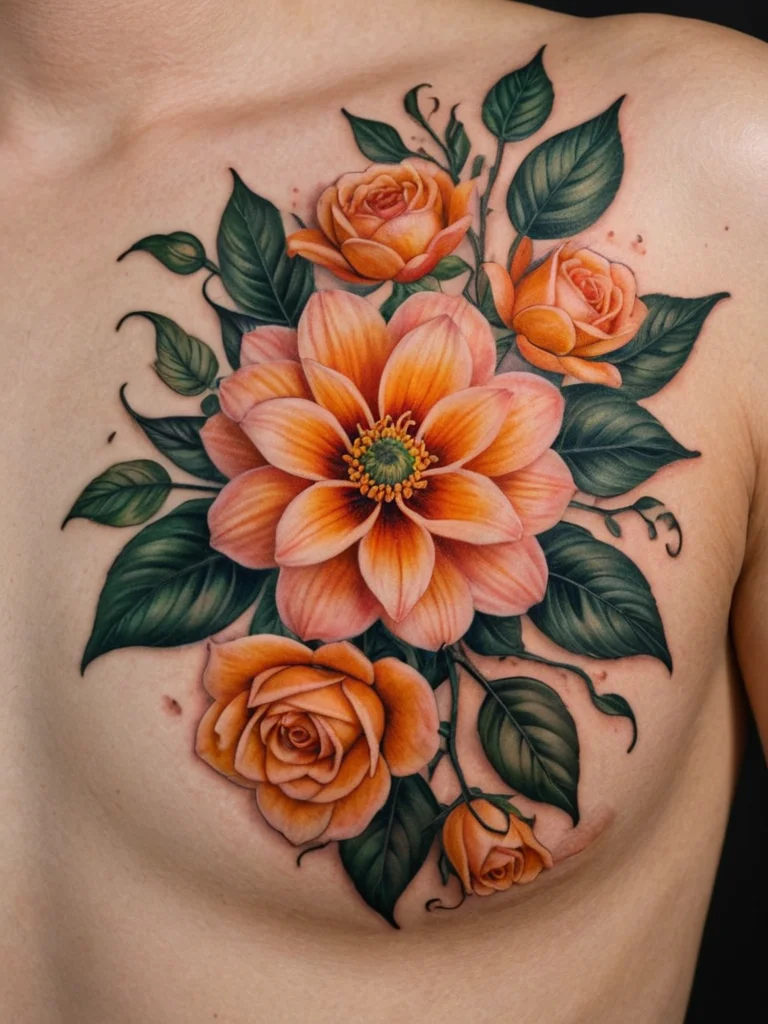
The cost of a tattoo is influenced by a confluence of factors, each playing a significant role in determining the final price. At the forefront is the artist’s experience and reputation. Highly sought-after artists with years of experience, a distinctive style, or a strong following often command higher rates. Their expertise means they can execute complex designs with precision, handle various skin types, and ensure a smooth healing process. You’re not just paying for the ink; you’re paying for their skill, their artistic vision, and the years of practice that honed their craft. Think of it like commissioning a painting – a renowned artist will naturally charge more than a beginner.
The complexity and detail of the design are paramount. Intricate patterns, photorealistic portraits, fine lines, shading, and vibrant color saturation all require more time, skill, and specialized ink. A simple, single-line design will invariably cost less than a full-color, hyper-realistic piece with intricate shading and detailed textures. Tattoo artists must meticulously plan these elements, ensuring each line is placed perfectly and each shade blends seamlessly. This level of detail demands a higher level of concentration and precision, which translates directly into the cost.
Size and placement are also significant determinants. Larger tattoos naturally require more time and ink, increasing the overall cost. Similarly, certain areas of the body can be more challenging to tattoo. For instance, areas with bony protrusions, thinner skin, or those that require the artist to contort into awkward positions (like the ribs, inner thigh, or back of the knee) might incur slightly higher costs due to the increased difficulty and time involved. The skin’s elasticity and how it stretches during the tattooing process also need to be considered by the artist, especially in more mobile areas.
The type and quality of ink used can contribute to the price. While most professional studios use high-quality, reputable ink brands, the sheer volume of ink required for larger or more colorful pieces will naturally increase the material cost. Some artists may specialize in using specific types of ink for unique effects, which could also influence pricing.
Furthermore, the studio’s overhead plays a role. Professional tattoo studios maintain high standards of hygiene, invest in quality equipment, pay for licensing and insurance, and provide a comfortable and safe environment for clients. These operational costs are factored into the pricing structure to ensure the business can continue to operate and maintain its standards.
Finally, the demand for the artist is a crucial factor. If an artist is fully booked for months or even years in advance, their higher rates reflect the high demand for their unique talent and artistic style. This is particularly true for guest artists from renowned international studios or artists known for a very specific, niche style.
The price of popular tattoo styles: from fine line to full sleeve
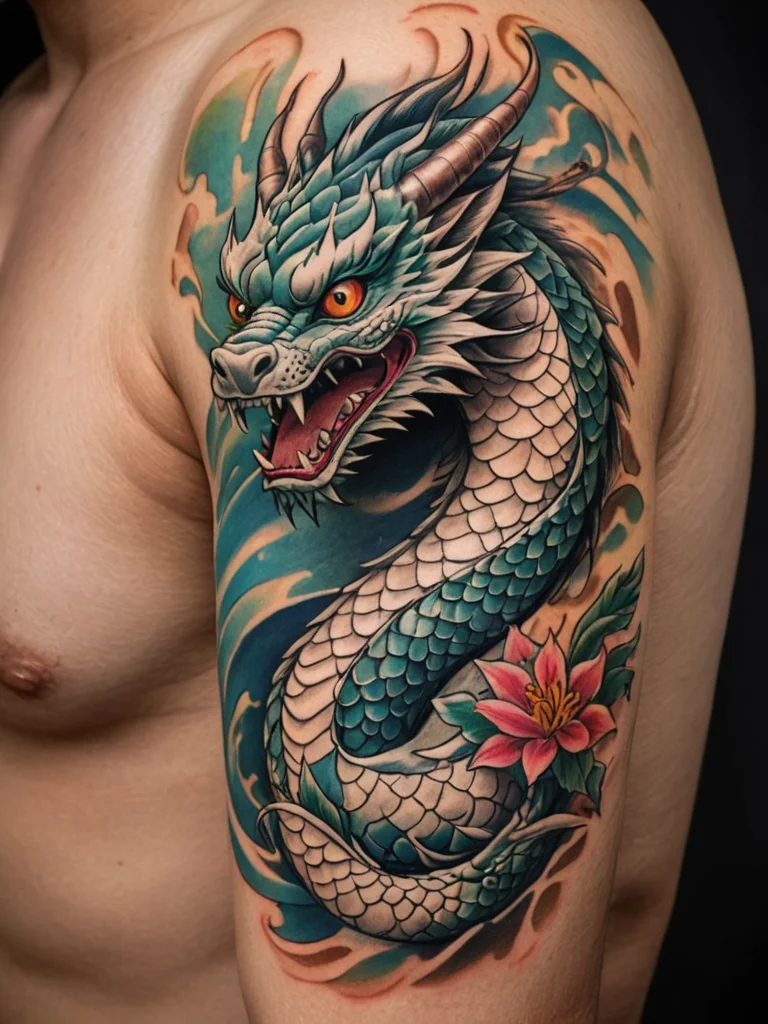
Different tattoo styles come with their own pricing considerations, primarily due to the skill, time, and technique required. Fine line tattoos, characterized by their delicate, precise lines and often minimalist aesthetic, can vary in price. While they might appear simple, achieving clean, crisp fine lines requires immense control and steadiness from the artist. Smaller fine line pieces might start at a base rate, but the complexity of the linework and the overall size will dictate the final cost. They often demand a meticulous hand and a good eye for detail.
Traditional American or Neo-traditional tattoos, known for their bold outlines, solid color saturation, and iconic imagery, are also priced based on size and detail. The application of bold lines and vibrant, opaque colors requires specific techniques and often multiple passes to achieve the desired depth and smoothness. Larger traditional pieces, like a full back piece or a significant sleeve, will naturally command a higher price due to the extensive time and ink involved.
Blackwork and dotwork tattoos, which rely heavily on shading techniques using dots or solid black areas, can be quite time-consuming. Creating smooth gradients with dots (stippling) or filling large areas with solid black ink requires significant patience and precision. The density of the dots, the shading techniques, and the overall coverage area are key factors in pricing these styles. A large-scale blackwork mandala, for example, can take many hours to complete.
Color realism or portraits are often among the most expensive tattoo styles. These tattoos aim to replicate photographic detail with incredible accuracy, requiring advanced color blending, shading, and an understanding of light and shadow. Achieving a lifelike representation demands exceptional skill, a deep knowledge of color theory, and a substantial amount of time. The more intricate the detail, the more lifelike the subject, the higher the cost will be.
Japanese Irezumi tattoos, often large-scale and intricate, featuring mythical creatures, historical scenes, or floral motifs, are typically priced on a per-session basis or as a project. These pieces can cover significant portions of the body, such as full sleeves, back pieces, or bodysuits, and are often executed over multiple sittings. The complexity of the designs, the use of traditional techniques, and the sheer scale make them a significant investment.
A full sleeve, which extends from the shoulder to the wrist, is a substantial undertaking. Depending on the style, detail, and artist, a full sleeve can take anywhere from 20 to 50 hours or more of tattooing time. Therefore, the cost can range significantly, often from several thousand dollars upwards, reflecting the extensive commitment of time and artistic skill involved. Smaller pieces, like a wrist tattoo or a simple design on an arm, will naturally be much more affordable, often starting from a studio’s minimum charge.
Hourly rates vs. per-piece pricing: which is more common?
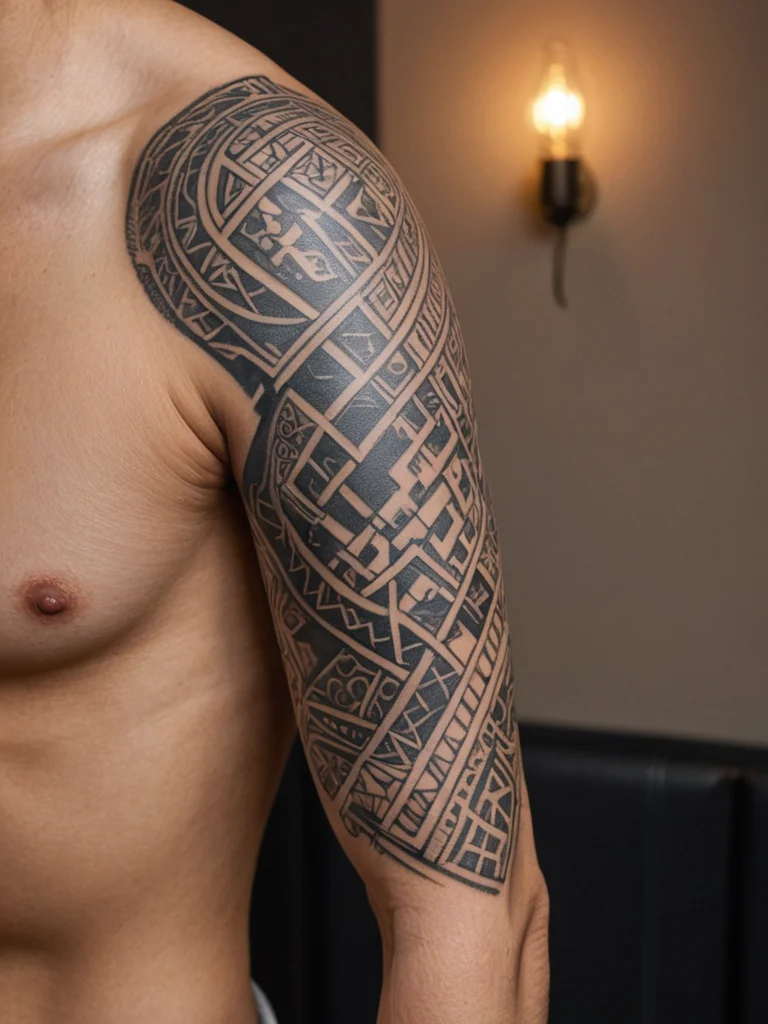
Tattoo artists and studios typically employ one of two primary pricing models: hourly rates or per-piece pricing. Understanding these differences is crucial for budgeting and setting expectations. Hourly rates are common for artists who are skilled in a wide range of styles or for custom designs where the final size and complexity might not be fully determined at the outset. When an artist charges an hourly rate, you are essentially paying for the time they spend actively working on your tattoo. This rate can vary widely, from $100 to $300 per hour, or even more for internationally renowned artists or those specializing in highly complex, time-consuming styles.
When an hourly rate is applied, tattoo artists will often provide an estimated time for the completion of the piece. This estimate helps clients budget, but it’s important to remember that it is an estimate. Factors like the client’s skin, how well they tolerate the process, and any unforeseen complexities in the design can sometimes extend the time needed. The artist will typically start the clock when they begin the actual tattooing process, not when they start drawing the stencil or discussing the design, though some artists may include a small amount of drawing time in their overall estimate.
Per-piece pricing is often used for more standardized or predictable designs, or when an artist has a very specific, repeatable style. This method involves the artist providing a fixed price for a particular design, regardless of how long it actually takes them to complete. This can be appealing for clients who prefer to know the exact cost upfront and avoid potential overruns on hourly estimates. Per-piece pricing is sometimes used for flash designs (pre-drawn designs available in the studio), or for custom pieces where the artist has a clear vision and can accurately estimate the time and effort involved.
Some artists might use a hybrid approach. For example, they might have a minimum charge for any tattoo, which covers their setup, sterilization, and the first hour of work, and then switch to an hourly rate for time beyond that. Alternatively, a complex custom design might be quoted as a project fee, which is essentially a per-piece price calculated based on the artist’s estimated hours and their hourly rate, factoring in the complexity and uniqueness of the artwork.
Ultimately, whether an artist charges hourly or per piece often depends on their personal preference, their specialty, and the nature of the project. It is always best to have a direct conversation with the artist or studio about their pricing structure before booking your appointment. They can clarify how they calculate costs and provide a more accurate estimate based on your specific design idea.
How to get an accurate tattoo quote and budget effectively
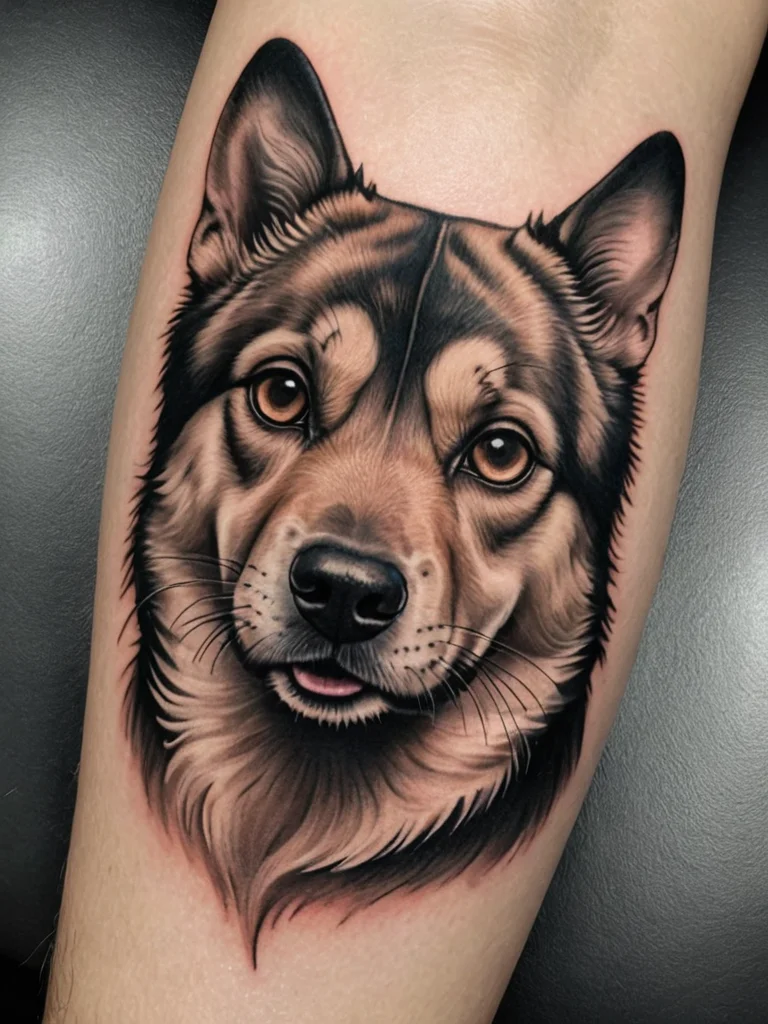
Securing an accurate tattoo quote is essential for effective budgeting. The first step is to prepare a detailed request. This means having a clear idea of the design you want, including references, desired style, size, and preferred placement on the body. The more information you can provide upfront, the easier it will be for the artist to give you a precise estimate. Gather images that clearly illustrate your vision – this could be anything from a photograph for a portrait to examples of styles you admire.
Next, research and consult with artists whose style aligns with your desired tattoo. Browse their portfolios online or visit studios in person. Once you’ve identified a few potential artists, reach out to them. Most studios have a booking process that involves submitting a consultation request, often via email or an online form. This is where you’ll include all the details of your tattoo idea.
When you submit your request, be specific about the size in inches (height and width) and the intended placement. Mention if you want color or black and grey, and describe any particular elements or details you want included. If you have a specific budget in mind, you can mention this, but be realistic. Artists need to ensure they can create quality work within the timeframe and material costs.
Most artists will provide a rough estimate based on your initial request. For custom work, a consultation with the artist is often necessary. During the consultation, you can discuss your ideas in detail, the artist can make recommendations, and they can provide a more refined quote. This is also the time to ask about their hourly rate or if they price per piece. Some artists may require a non-refundable deposit to secure your booking and begin the design process. This deposit usually goes towards the final cost of the tattoo.
Budgeting effectively involves more than just the quote. Remember to factor in potential variables. If the artist charges hourly, ask for an estimated number of hours and understand how they charge. If your design might require multiple sessions, get an estimate for each session. Always aim to have a little extra buffer in your budget for unexpected costs, such as minor adjustments to the design or a slightly longer session than anticipated. It’s also wise to factor in the cost of aftercare products, which are essential for proper healing.
Be wary of quotes that seem too low. A significantly cheaper tattoo might indicate a lack of experience, poor quality materials, or inadequate hygiene practices. Investing in a skilled artist, even if it costs more, ensures a higher quality, safer, and more aesthetically pleasing result that you will be happy with for years to come.
Beyond the sticker price: tipping, touch-ups, and long-term value
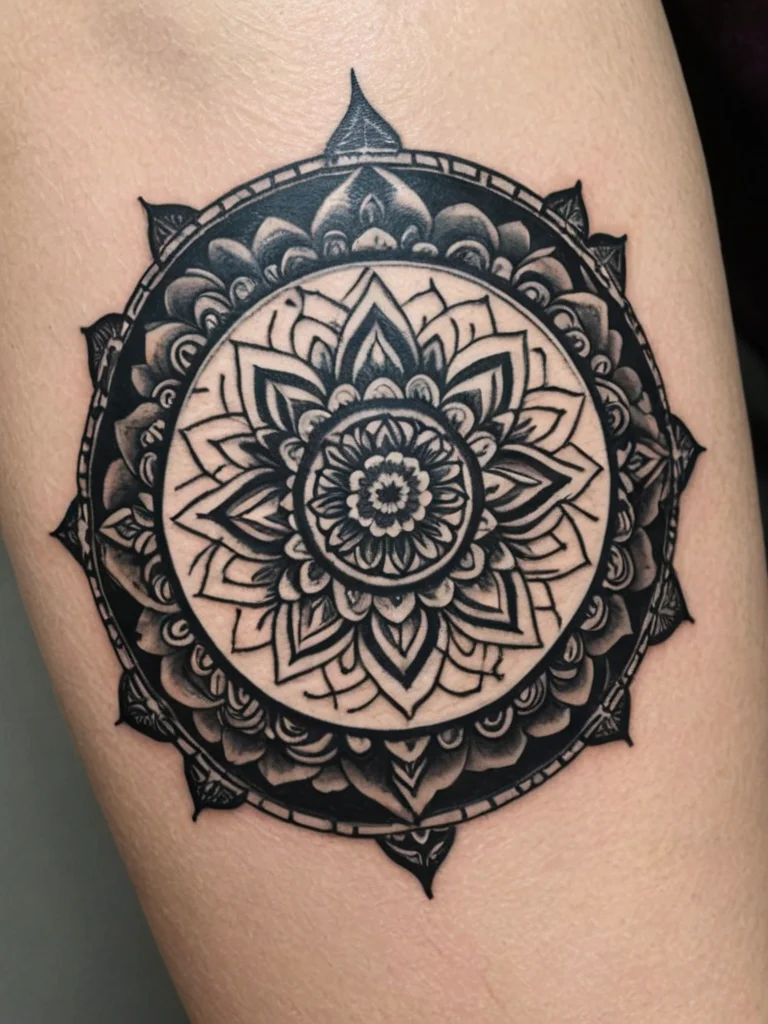
The price quoted by a tattoo artist or studio is often just the beginning of your financial consideration. Several additional factors can influence the overall investment you make in your tattoo. Tipping your tattoo artist is a customary practice in many cultures and is a way to show appreciation for their skill, service, and the experience you had. Similar to tipping in restaurants or other service industries, a tip of 15-20% of the total tattoo cost is generally considered appropriate. Some clients also choose to tip more for exceptional service or an incredibly intricate piece that exceeded expectations.
Touch-ups are another important aspect to consider. Over time, tattoos can fade, especially in areas that experience a lot of friction or sun exposure. Most reputable artists will offer a free or discounted touch-up session within a certain timeframe (often a year) after the initial tattooing, provided the fading is due to the natural healing process and not improper aftercare. However, if you need touch-ups due to negligence in aftercare, or if you want to add to or modify an existing piece significantly, you will likely be charged for that work.
It’s also worth considering the long-term value of your tattoo. A cheap tattoo from an inexperienced artist might look appealing initially but could result in blurred lines, uneven shading, or poor color saturation that requires costly cover-ups or rework by a more skilled professional down the line. Investing in a talented artist upfront, even if it means a higher initial cost, often proves more economical in the long run by delivering a piece that ages well and remains vibrant and aesthetically pleasing for decades.
Think about the aftercare process as part of the overall value. Proper aftercare is crucial for the longevity and appearance of your tattoo. While the artist will provide guidance, you’ll need to purchase specialized tattoo washes, lotions, or balms. The cost of these products is a small but necessary expense that contributes to the successful healing and preservation of your artwork.
Ultimately, a tattoo is a permanent form of art and a significant personal investment. While cost is an important consideration, it should not be the sole deciding factor. Prioritize finding an artist whose work you admire, who maintains impeccable hygiene standards, and with whom you feel comfortable. The quality, safety, and the artistic integrity of the tattoo are paramount. By understanding all the costs involved, from the initial quote to potential touch-ups and aftercare, you can approach your tattoo experience with confidence and ensure you end up with a piece of art that you will treasure forever.